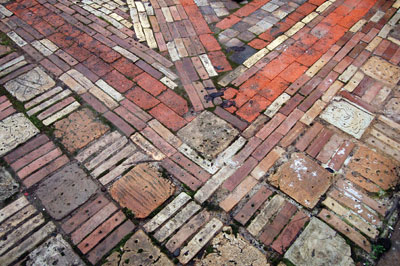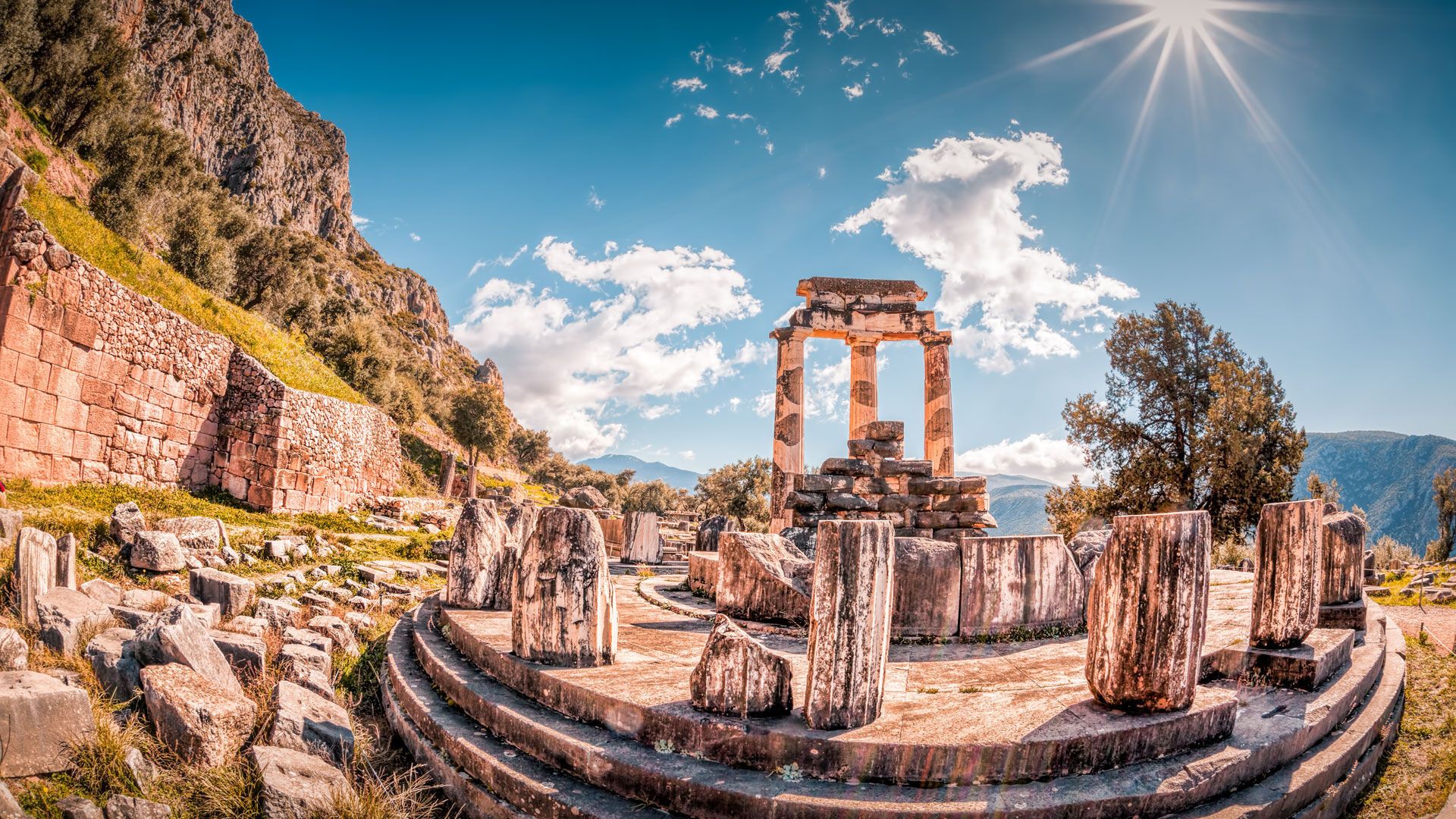Unveiling the Mysteries: The Renaissance of Artisanal Ceramics
In a world awash with mass-produced goods, there is a quiet crescendo of appreciation for the handmade, the unique, and the artisanal. Among these treasured forms of expression, artisanal ceramics have witnessed a remarkable renaissance. The craft, which marries the elemental forces of earth, water, and fire with human creativity and patience, has seen a resurgence in appreciation for its heritage, technique, and identity. As we delve into the complexities of this ancient art form, we discover that it is far more than just pottery—it is a narrative of civilization, a whisper of the ancestral skill, and a modern vessel for sustainable living.
The very making of a ceramic piece is a dance of precision and serendipity. From the initial kneading of the clay to the final firing, the ceramist is an alchemist transforming humble materials into objects of tangible grace. The handmade mug you sip your morning coffee from or the vase that holds the folds of a fresh bouquet is not just a utilitarian object but a piece of the earth, reshaped by human hands and carrying within it centuries of evolving culture.
The revival of artisanal ceramics is intricately linked to a broader movement of revivalism within the arts community—a collective yearning to reconnect with the tactile over the digital, the singular over the standard. We have entered an epoch where stepping back is viewed as a form of stepping forward. In embracing the nuances of handcrafted ceramics, we find solace from the break-neck speed of contemporary life.
Artisanal ceramists are not merely artists but custodians of a heritage that stretches back millennia. The touch of the potter's wheel, the visceral connection between clay and hand, and the magic of the kiln are traditions handed down through generations. Yet, in the hands of contemporary artisans, these traditions are melded with modern aesthetics and innovative techniques to forge pieces that speak both of the past and for the present.
Today's ceramists are engaging with their craft in ways that challenge the boundaries between functionality and fine art. The works that emerge from studios and workshops across the globe are diverse—ranging from the minimalistic and abstract to the intricately patterned and richly hued. These artisans often embody a fusion of influences, drawing on their local heritage while being receptive to global trends, thus producing works that resonate across cultures and borders.
The aesthetic appeal of artisanal ceramics is undeniable, but their resurgence is underpinned by something deeper—an intimate relationship with the environment. In an age of environmental consciousness, the sustainable nature of ceramics becomes a powerful touchstone. Unlike their plastic counterparts, when crafted responsibly, ceramic artifacts are long-lasting and non-toxic. Their production, when done sustainably, reflects an ethos of care for the earth and its resources—a philosophy that is gaining renewed importance as society grapples with questions of sustainability.
Moreover, the act of purchasing a handcrafted ceramic piece is often a direct support to local economies and small businesses. It is a gesture that empowers communities and preserves traditional skills, thereby fostering both economic and cultural sustainability. The rise of artisan markets and online platforms has further democratized access to these unique works, enabling a symbiotic relationship between the artist and the audience that enriches both.
In investigating the burgeoning world of artisanal ceramics, we also confront the challenges faced by contemporary ceramists. The digital era has brought with it an influx of information and inspiration but also competition from an ever-growing marketplace. How do today’s ceramic artists retain the integrity of their craft while navigating the complexities of the modern economy? How do they honor tradition while innovating to keep their work relevant and resonant in a rapidly changing world?
Impressively, through education and collaboration, many ceramists are answering these questions. Workshops, apprenticeships, and collaborations play a pivotal role, not only in transferring knowledge but also in creating communities that are both supportive and stimulating. Social media has become a tool for showcasing and storytelling, enabling artists to build a narrative around their work that connects with an audience seeking authenticity and meaning in their acquisitions.
The resurgence of artisanal ceramics is not a fleeting trend; it has emerged as a potent symbol of our collective quest for beauty, sustainability, and connection. In every handcrafted vessel, we find threads of stories—the soil from where the clay was sourced, the heat of the firing that solidified its form, and the artistic vision that gave it shape and function. These objects are reminders of our shared human heritage, tokens of our contemporary desires, and beacons for a future where art is not just seen but experienced.
Stay tuned as we continue to explore the stories of individual artists at the forefront of this renaissance, the techniques that differentiate their work, and the role of artisanal ceramics in the context of the global art scene.The Soul in Craftsmanship: Stories of Contemporary Ceramic Artists
As we advance further into the exploration of the artistry and revival of artisanal ceramics, it becomes abundarntly clear that at the heart of this movement are the stories of the artisans themselves. Each ceramist brings a unique narrative steeped in personal history, cultural context, and artistic vision. Their stories are as intricate as the patterns etched into their work and as rich as the glazes that coat their creations.
At the forefront of the renaissance are ceramicists who are bridging the ancient with the avant-garde. Artists like Akiko Hirai, whose Japanese heritage influences her British-based practice, producing wares that are both functional and evocative. Hirai's pottery, often characterized by a wabi-sabi aesthetic—a celebration of imperfection and transience—is a serene defiance against the uniformity of machine-made objects. Her pieces are imbued with a sense of continuity, not just in craft but in the very essence of existence.
Similarly, the work of Pueblo potter Jody Naranjo continues the matriarchal tradition of her Southwestern Native American heritage while introducing whimsical and contemporary motifs. Her pieces feature hand-carved textures and sgraffito techniques, creating narratives that playfully meld ancestral stories with personal experiences. Naranjo's artistry showcases how the language of clay can be shaped to speak in both ancestral tongues and contemporary dialects.
In the dynamic cities of the world, young ceramists are also making their mark. In the bustling heart of New York, artists like Simone Bodmer-Turner are shaping a new narrative for ceramics. Her sculptural work defies strict categorization, inhabiting a space where art meets utility. Bodmer-Turner's hand-built pieces draw from a multitude of influences, from modernist sculpture to ancient artifacts, creating a visual symphony that resonates with a global audience.
But what of the methods that facilitate such individual expression? The techniques are as varied as the artists themselves, ranging from the age-old hand-coiling method to sophisticated slip-casting. Some artisans opt for the ancient Japanese art of kintsugi, where broken pottery is mended with lacquer dusted or mixed with powdered gold, silver, or platinum. This method not only repairs but also celebrates the life and history of the ceramic piece. Others explore experimental firing techniques such as raku, where the rapid heating and cooling process yields unpredictable and arresting finishes that captivate both maker and viewer.
These techniques speak of a dialogue between control and chance, where the artist's intent intersects with the inherent unpredictability of clay and fire. Every texture, glaze, and form reveals a part of the artist's fingerprint, a testament to the intimacy of creation that only handcrafted ceramics can convey. Such artistic endeavor not only demands skill and knowledge but also an embrace of the unforeseen, adding an element of excitement and discovery to the process.
Engaging with these ceramic artisans provides a deeper understanding of the philosophical underpinnings of their craft. For many, their work is a rebellion against disposability and a commentary on consumer culture. The slow, deliberate nature of their practice contrasts starkly with the throwaway mentality that permeates much of modern manufacturing. In each handcrafted piece, these artisans advocate for a more mindful and considerate way of living, where objects are cherished, and longevity is valued.
Moreover, the cultural significance of ceramics cannot be understated. In every society, across all epochs, pottery has held a mirror to human civilization. It has been a canvas for social commentary, a container for myths and history, and a tactile connection to our ancestors. Today, as we grapple with issues of identity and heritage, ceramic artists are at the vanguard, using their craft to explore and express cultural narratives that might otherwise be lost to time.
As this article draws to a close, what is abundantly clear is that the renaissance of artisanal ceramics embodies far more than a resurgence of interest in an art form. It represents a collective desire for authenticity, a celebration of skill, and a commitment to sustainability that transcends the boundaries of the art world. In the curated spaces of art galleries, the bustling stalls of local markets, and the quiet studios where artists toil, there is a shared knowledge that every piece of handcrafted pottery is not merely an object but a living story.
In a world increasingly defined by the digital and the disposable, artisanal ceramics offer a touchstone for the palpable and the permanent. As we look towards the future of art and culture, the continued reverence for this craft underlines a deeper connection to the materials that shape our world and the hands that mold our legacy. Through the transformative power of fire, Earth's humble clay ascends to become a vessel of human expression, an emblem of our shared histories, and a tribute to the boundless potential of the human spirit.






















Comments